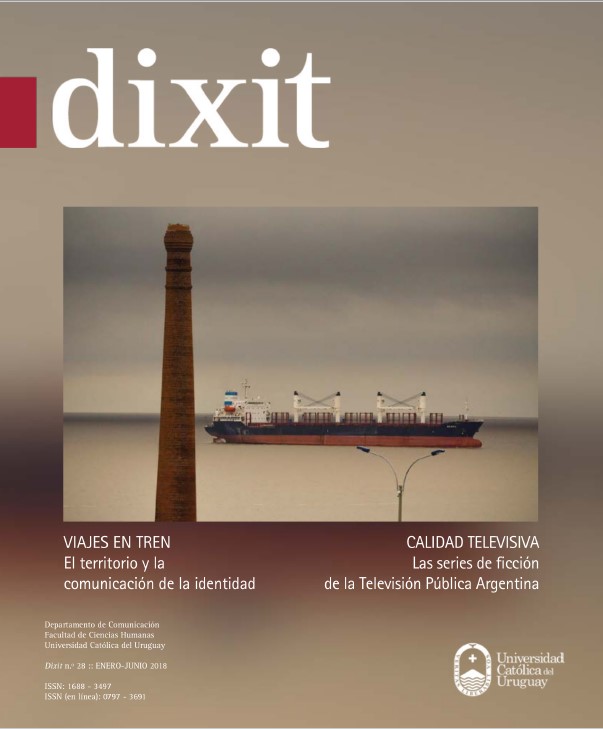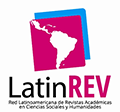Analysis and laughter, order and adventure: a tour of Umberto Eco’s work.
Review of the book Umberto Eco. Tra Ordine e Avventura, by Claudio Paolucci
DOI:
https://doi.org/10.22235/d.v0i28.1583Keywords:
semiotics, Umberto Eco, cartography of knowledge, encyclopedia, theory of cultureAbstract
This review is intended to identify the principal arguments, theoretical routes and nuances of thought of Umberto Eco in the way that they are presented by Claudio Paolucci —Eco’s main theoretical continuator— in his tribute book recently edited in Italian language. This work seeks, on the one hand, to highlight the value of the book, for summarizing such a complex work in some clear axes and, on the other, from a critical point of view, to discuss the central value that Paolucci assigns to laughter as a mechanism for the fall of high culture.
Downloads
References
Cogo, M. (2010). Fenomenologia di Umberto Eco. Bolonia, Italia: Baskerville.
Eco, U. (1988). Tratado de Semiótica General. Barcelona, España: Lumen.
Eco, U. (1997). Kant y el ornitorrinco. Barcelona, España: Lumen.
Eco, U. (2016), Diario Minimo. Milán, Italia: Bompiani (Trabajo original publicado en 1975)
Lorusso, A. M. (2008). Umberto Eco: temi, problemi e percorsi semiotici. Roma, Italia: Carocci.
Paolucci, C. (2010). Strutturalismo e interpretazione. Milán, Italia: Bompiani.
Paolucci, C. (2017). Umberto Eco. Tra Ordine e Avventura. Milán, Italia: Feltrinelli.
Scolari, C. (20 de febrero de 2016). Umberto Eco, el hombre que sabía todo. Una lista [Entrada en un blog]. Recuperado de https://hipermediaciones.com/2016/02/20/umberto-eco-el-hombre-que-sabia-todo-una-lista/
Sedda, F. (7 de abril de 2016). L’essere e l’enciclopedia. Forme del realism e della cultura nell’opera semiotica di Umberto Eco. E/C. Rivista digitale dell’Associazione Italiana di Studi Semiotici. Recuperado de http://www.academia.edu/24161429/Lessere_e_lenciclopedia._Forme_del_realismo_e_della_cultura_nellopera_semiotica_di_Umberto_Eco
Sperber, D., y Wilson, D. (1995). Relevance: Communication and Cognition. Oxford, Reino Unido: Blackwell.
Traini, S. (2013). Media and Mass Communication in the Works of Umberto Eco. E/C. Rivista digitale dell’Associazione Italiana di Studi Semiotici. Recuperado de http://www.ec-aiss.it/includes/tng/pub/tNG_download4.php?recordID=687&KT_download1=e649dbe0bb8d2337d270ab929585533f
Thellefsen, T., y Sørensen, B. (Eds.). (2017). Umberto Eco In His Own Words. Boston, MA: De Gruyer Mouton.
Trainito, M. (2011). Umberto Eco: Odissea nella biblioteca di Babele. Saonara, Italia: Il Prato.
Downloads
Published
How to Cite
Issue
Section
License
From issue number 32 onwards all contents are licensed under the Creative Commons Attribution 4.0 International License (CC BY 4.0).
Issues number 29-31 are licensed under the Creative Commons Attribution-NonCommercial 4.0 International License.
The contents corresponding to number 28 and earlier editions are under the Creative Commons Attribution-NonCommercial-ShareAlike 4.0 International License.


















